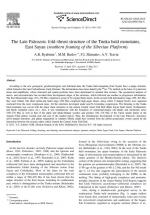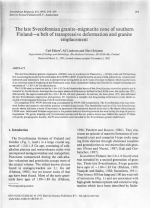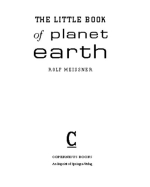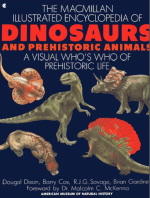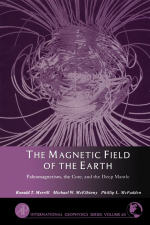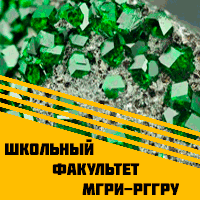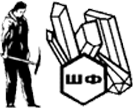The Khetri, Alwar and Lalsot-Khankhera Copper Belts contain widespread Cii±Au±Ag±Co±Fe±REE±U mineralisation over a 150x 150 km area of Rajasthan and Haryana, NW India. Mineralisation is hosted by the mid-Proterozoic Delhi Supergroup, which comprises shallow-water, locally evaporitic, sedimentary rocks, with lesser mafic and felsic volcanic rocks. These rocks have been metamorphosed to the low- to mid-amphibolite facies, defonned into NE-SW striking, doubly-plunging folds, and intruded by numerous 1.5-1.7 Ga syntectonic granitoids and 0.75-0.85 Ga post-tectonic granitoids. Post-tectonic granitoids range from tonalite to syenite, contain hornblende and biotite as the dominant mafic minerals and magnetite, titanite, allanite, apatite, fluorite as accessory phases, and are geochemically characterised by A/CNK ratios <1.1, low Al and Ca, high Th and HFSE, and enrichment in LREE, indicating A-type affinities.




